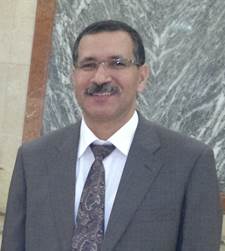The Impact of the Growth of Health Care and Education on Human Development in Oman
People are among the most important resources any nation can have; they are truly the real wealth of nations. Hence, it is necessary to develop them, because they are producers and consumers at the same time. In fact, human resources can make up for the shortage of natural resources if humans have high technical skills.
The Omani society has witnessed a huge development in services in general; health care and education in particular. This is reflected on the living standard of Omani people and their developed rank among the nations of the world.
The study aims at observing the growth and analysis of the actual situation of health care and education in Oman on the one hand. It also aims at illustrating the relationship between the growth of health care and education and the Omani level of human development on the other hand.
The study depends on quantitative methods to achieve its goals, using all available data about health and education in Oman, and international Human Development reports from 1990 to 2009. The first Omani Human Development report has also been used. The data were managed, analysed, and presented by some statistical programs, such as (Spss & Excel) and GIS (Map Viewer 7 & Arc map).
The study has come up with the following findings. First, life expectancy of Omani population has increased: from 49 years in 1970, to 65.9 in 1990, to 74 in 2006, which means that there are huge improvements in the standard of living and health care services. Second, illiteracy rate has massively decreased in a short time: from 85 % before 1970, to 41 % in 1993, to 22 % in 2003. Third, there exist strong relationships between the growth of health care and education and the level of human development in Oman. This, in effect, has led to the change of the position of Oman from a medium human development country to a high human development one in (2009).




